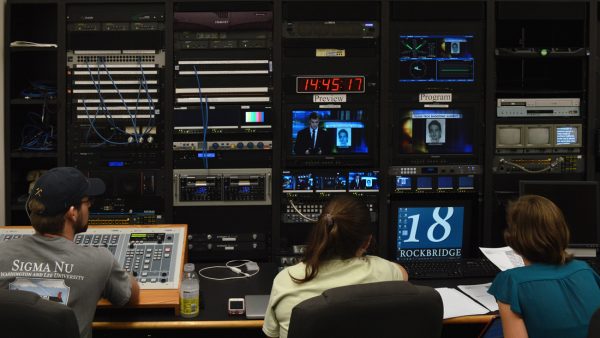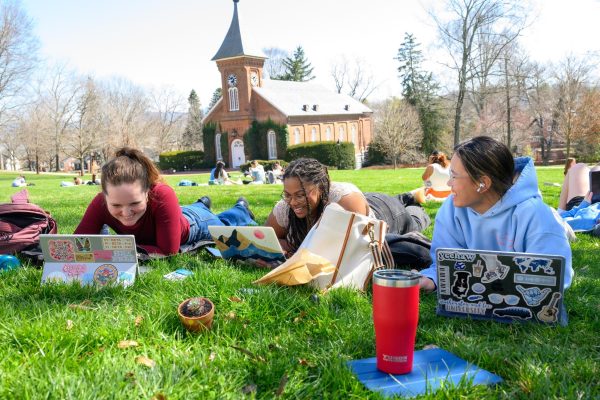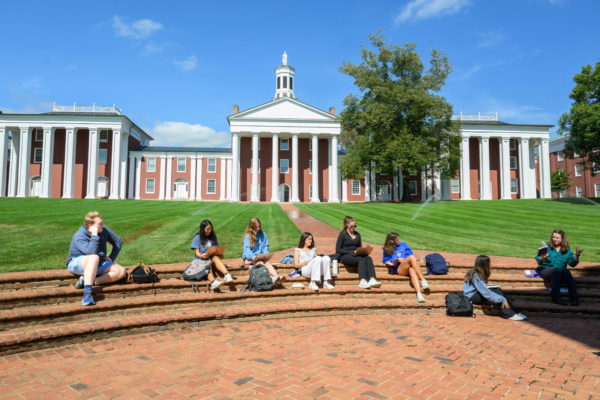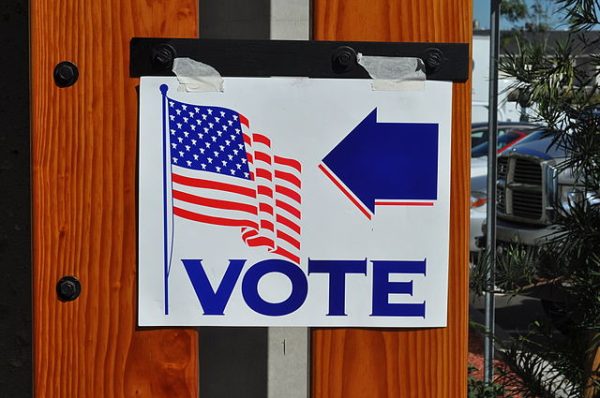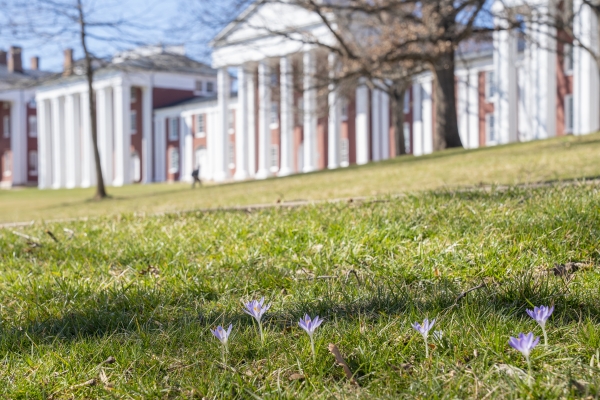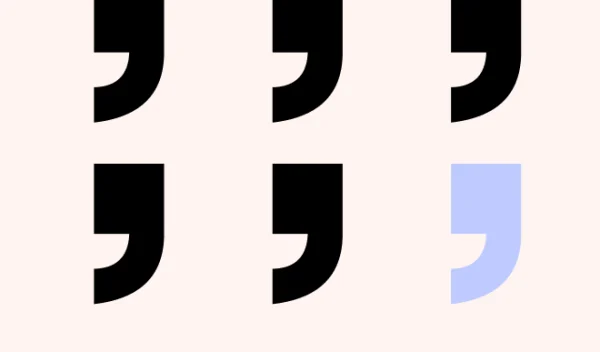Art matters, inside and outside the classroom. Here’s why.
Take a break from work. Play a couple notes. Feel revitalized.
September 22, 2019
The question of subsidizing arts programs in public schools has been a top item of debate at the local, state and federal level for years. Today, the national trend is to decrease support for arts education. According to the NEA Appropriations History, the arts endowment of 2016 fell almost 20% from the $175,954,800 endowed in 1992. Why is that? With limited resources, school districts have the impossible burden of balancing the immediately tangible and quantifiable benefits of a strong STEM education with the more long-term, less “testable” and elusive concept of artistic creativity. But this shouldn’t be viewed as a zero-sum game, because a quality school-based arts program is an essential educational component. Many scientific studies have shown that increasing student involvement in the arts can increase test scores, logical thinking abilities, improve community and international unity, and most importantly—for a college student, at least—provide an easily accessible outlet to decompress and express emotion.
Let’s start from the beginning. Developing a skill set in music, dance, visual arts (visual), or theatre is no easy task. It takes many hours of daily practice and work just to get beyond the basics. To master the “basic” level means the student was able to consistently dedicate time to learning something new. Consistent study and practice require long-term effective time management skills as well as a high level of self-discipline, and often, the ability to deal with and overcome frustration. The arts facilitate team cooperation, teach self-analysis skills and accustom students to peer review. At some point, your parents aren’t going to nag you about practicing your instrument or going to your dance lessons; instead, you’ll have to want to do these things on your own.
A 2019 study, conducted by the Brown Center Chalkboard, showed that “substantial increase in arts educational experiences has remarkable impacts on students’ academic, social, and emotional outcomes.” This is because the arts are not a “solo performance.” Music, dance, theatre and visual alike help develop acute focus, attention to detail, ability to work in groups, and fosters healthy competition among peers.
Something that many people often forget is the fact that the arts are universal. Any person from any country can participate in and enjoy the process of creating art. We needn’t speak the same language or come from the same continent to dance or make music together. According to the “A Portrait of Visual Arts” report by the Rand Corporation, having access to a quality arts education on campus can help to bridge “the gap between socioeconomic groups” as well as racial and cultural groups, “creating a more level playing field” upon which we can unite for the common purpose of creating art. Students who were part of arts programs in their school “were more likely to agree that schoolwork is enjoyable [and made] them think about things in new ways,” found the Brown Center Chalkboard. The enrichment of our experience that results directly from art-related activities becomes visible in how we approach schoolwork as well as how we handle ourselves in new situations. To me, it’s obvious that the arts needs more funding, and that more students should have access to as strong an arts education as STEM.
And speaking of new situations, a whole fourth of us are college students for the very first time! The adjustment from high schooler to college scholar may be a smooth transition for some, but I know that a lot of us may be struggling on the inside. It might sound cliché, but having an artistic medium (perhaps in addition to ranting to your friends or calling your parents) can be extremely beneficial to your mental health. In fact, going back to your art while experiencing an emotional challenge can make you a better artist, and as an indirect result, a better student. Sometimes we have feelings that can only be expressed through art, or that can only be overcome by it. But don’t forget that dancing on an open stage or playing in a concert hall is super fun too. Immersing ourselves in art doesn’t take much effort and the benefits of doing so are limitless.
As high-achieving, ambitious students at a competitive school, we feel the constant pressure to maintain grades, be involved in activities and balance our time. Don’t let your tank run empty before refilling it. Stop once in a while to top off the tank, check the tire pressure and see that your lights still work. Let the arts be your haven, where you can relax, enjoy and embellish your experience here. We are fortunate to be at a school that promotes the arts. Though there is only one FDR requirement for music, dance, visual or theatre, there are many opportunities to get in touch with your artistic side. I urge you to make the most of it. If you already are a dancer, musician, actor and/or artist, don’t stop. Take a break from work. Play a couple notes. Feel revitalized. Come back stronger, happier and ready to take on what’s next.



